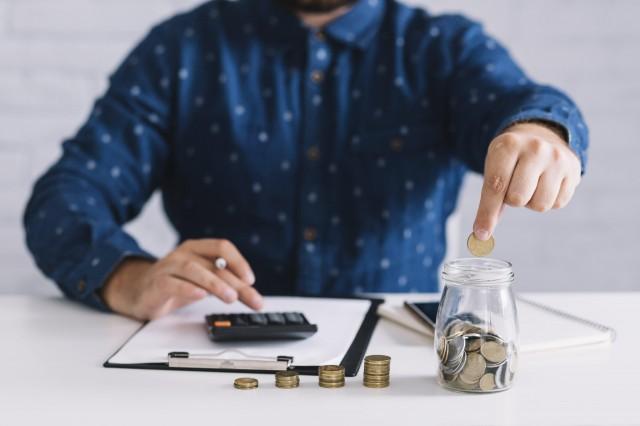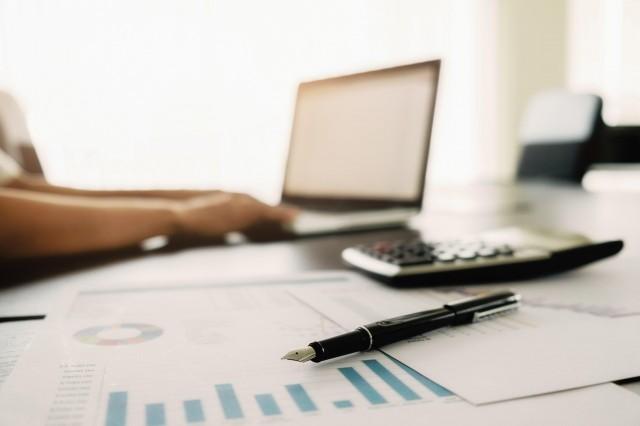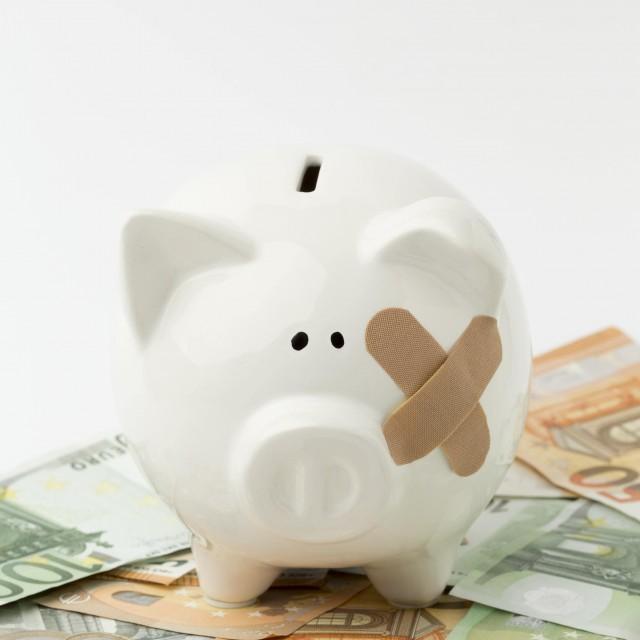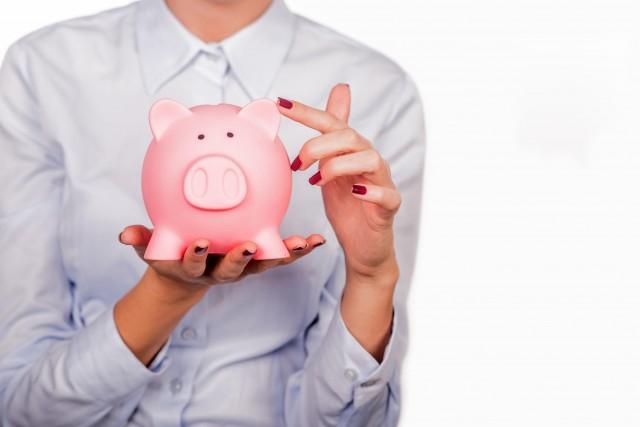#PINNED: Building an emergency fund in the time of a pandemic

#Pinned makes it easier for young Filipinos to discover meaningful and enriching content and stories that will help them separate music from the noise, wheat from the chaff, and flowers from the weeds.
All our stories are written by young creatives who made it their life mission to know everything there is to know about how fellow young adults can make the most out of their limited down time every day, every week.
Yes, we know. There's a raging global pandemic that shows no sign of abating anytime soon and saving money for an emergency fund might be something that you'd rather not think about these days. However, an emergency fund is important, pandemic or not. Uncertainty is at an all-time high but knowing that you have a decent fallback fund if worse comes to worst can be really reassuring these days.
To help you, here's a guide on how to build your emergency fund, even little by little.
1. Determine your goal amount

There is no right amount when it comes to your emergency fund. It depends on your financial circumstances, but a good amount to start with is three months’ worth of your living expenses. The goal here is to have enough cash reserve to support you just in case something unexpected happens, such as *knocks on wood* losing your income.
2. Decide where to put your savings

We recommend you put your savings in a separate account from your other accounts, so that you won’t be tempted to use it for other expenses. Since emergencies can happen anytime, it is important for your savings to be easily accessible. Don’t place them in untouchable savings accounts that lock your money in for a certain amount of time or charge you when you withdraw your money. Since it is still unsafe for us to leave our homes, you could also consider banks that offer online services for your emergency account.
3. Set a monthly savings plan

After setting your goal amount, you should also set your minimum monthly savings goal. Again, the amount depends on you. Any amount will do, as long as you regularly achieve your monthly goal. The key is to treat it like any other recurring bill you must pay each month. If possible, you can also automate your savings by setting up an automatic transfer to your emergency fund to help you avoid spending your supposed savings for the month.
4. Evaluate your finances

It is important to keep track of all your finances. To assess your current financial situation, determine first how much you are actually earning. From your total income, create your monthly budget. Then, after each month, check if you are able to follow through your set budget. Determine where the chunk of your income goes and how you can spend less on that expense. You can also look for small expenses you can cut down. By keeping track, you can adjust your spending for the next month so that you can turn your non-essential expenses into more savings. If cutting down on your expenses isn’t enough, you can also try looking for other sources of income, such as a home-based part-time job or a new investment.
5. Know when to use your emergency fund

Your emergency fund is called that way for a reason. You should remember that you can only spend it during emergencies and unforeseen circumstances such as (knocks wood, again) natural disasters, job loss, pay cut, accident, medical expense, etc. Don’t use it on other expected expenses or unnecessary purchases.
6. Maintain your savings

Finally, after you are able to achieve your initial goal amount, you shouldn’t stop there. You can increase your savings to six months’ worth of living expenses or even a year if you want to be extra safe. Just remember that what’s important is you keep on maintaining your emergency fund, especially every after you withdraw from it.
Changes in your circumstances such as marriage or moving to a new city could also lead you to increase your living expenses, which also requires you to increase your emergency fund, just in case. Always assess your current situation so that you’ll know how much to put in your emergency fund as your safety cushion.
Building your emergency fund doesn’t happen overnight. It takes a lot of time, patience, commitment, and discipline. If you have no emergency fund yet, what’s important is that you start saving now, so that you’ll have a little less worry for tomorrow.



